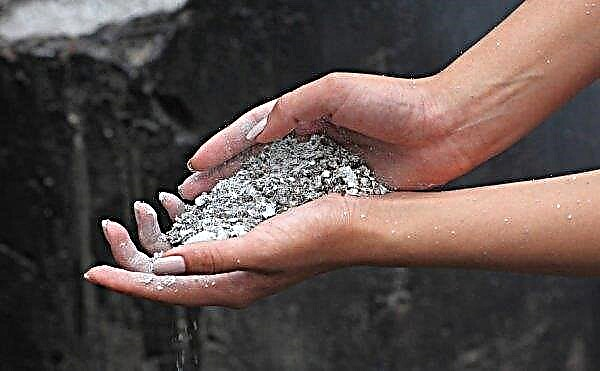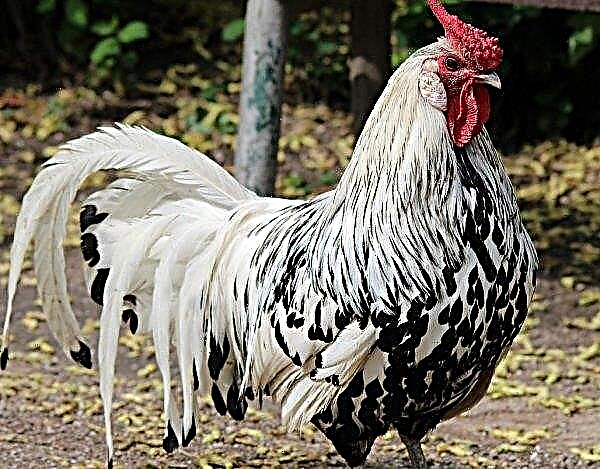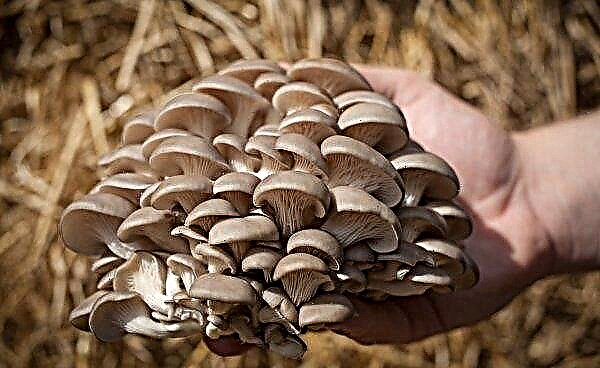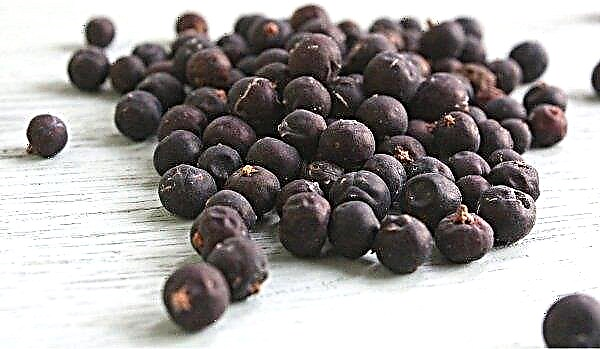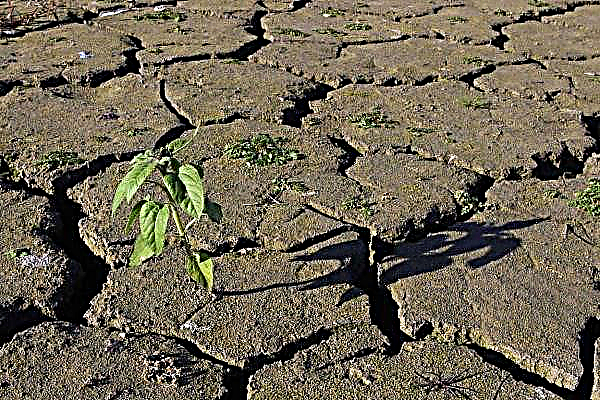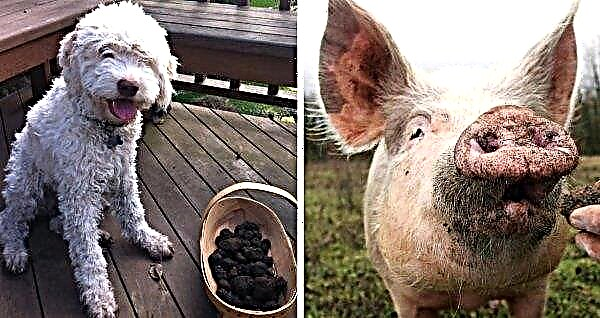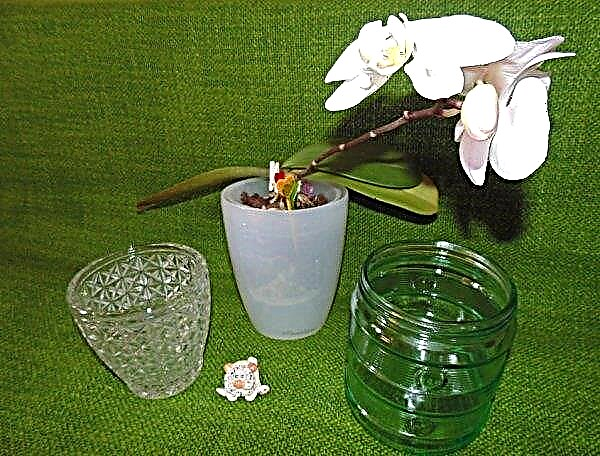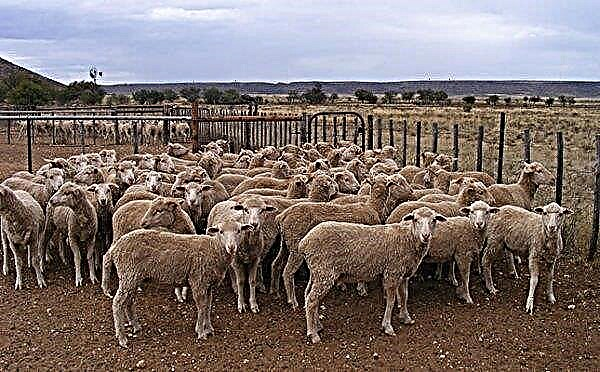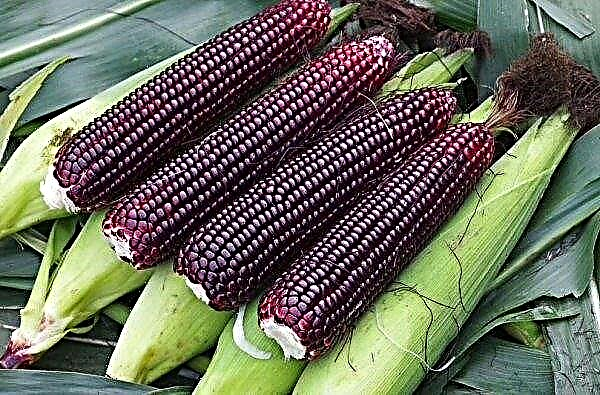Oyster mushrooms are one of the types of mushrooms that are not difficult to grow, because they are resistant to competing organisms and can grow on a wide variety of substrate types. In addition, oyster mushrooms are very tasty and healthy. Having at hand a reliable guide to growing mushrooms, you can avoid the mistakes and unnecessary troubles associated with this process. As a result, their own fresh oyster mushrooms grown in the garden or in the greenhouse in the country will please a stable harvest.
Oyster mushroom growth conditions
Growing oyster mushrooms does not require sophisticated substrate preparation technology. This culture has a number of varieties that vary in shape, color, texture and aroma. Oyster mushrooms can be grown both indoors (greenhouse) and on the street, throughout the year in various agro-climatic conditions. Since these fungi have a fast growth rate (60 days), from 5 to 6 crops can be harvested per year.
 Oyster mushroom can grow at temperatures from + 8 ° C to + 20 ° C (depending on the strain) and humidity 55–70% for 6–8 months a year. In the summer months, you may have to provide extra humidity.
Oyster mushroom can grow at temperatures from + 8 ° C to + 20 ° C (depending on the strain) and humidity 55–70% for 6–8 months a year. In the summer months, you may have to provide extra humidity.
Oyster mushroom can be grown on a large number of agricultural waste containing cellulose and lignin. These include:
- straw of rice, wheat;
- stalks and leaves of corn, millet;
- sawdust;
- peeled corn cobs;
- dry herbs;
- sunflower stalks;
- discarded waste paper;
- synthetic compost.
 The room must have adequate ventilation to ensure good fruiting.
The room must have adequate ventilation to ensure good fruiting.Mycelium selection
It is important to choose the right strain before growing oyster mushrooms. To grow mushrooms on substrate blocks, they use mycelium, which was produced in special laboratories. Of course, mushroom mycelium must be purchased from trusted suppliers, that is, it must be sterile, and this can only be achieved using special production technologies.
Quality mycelium indicators:
- Sterility. Keep it in an airtight bag with biofilters.
- Number of transfers, i.e. the use of seed from other manufacturers. This will negatively affect the yield and its quality.
- Strain (grade). Before buying, you need to make sure that this strain has good characteristics and is widely used in mushroom production, i.e. it is not outdated.
 Trustworthy dealers deliver quality products that lack various microorganisms (bacteria, lower fungi, molds).
Trustworthy dealers deliver quality products that lack various microorganisms (bacteria, lower fungi, molds).There are winter and summer varieties of oyster mushroom mycelium. They are divided into:
- single wave - giving a large crop in the first stage of fruiting;
- two wave - giving a uniform crop between the two stages of fruiting.
The strains can have differences: according to the requirements for growing conditions, external characteristics (color, size), productivity, resistance to various diseases. When buying mycelium, you need to check the sowing date (shelf life). The packaging must not be damaged. The material should be without bloom and mold, have a mushroom aroma.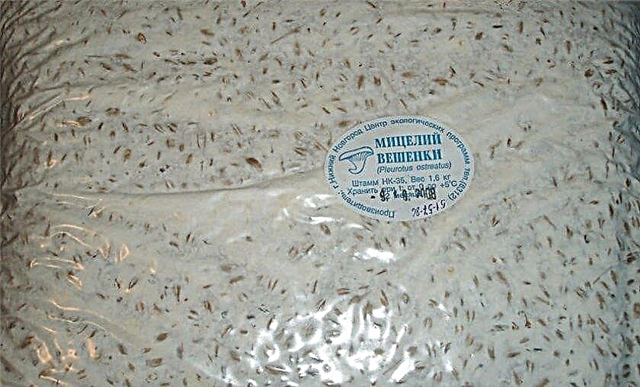
Preparing a place to grow
It is necessary to carefully consider the choice of a place for growing oyster mushrooms: this can be both a summer cottage and a garden plot. Mushrooms can grow in the substrate in the greenhouse, on wood in the garden, and even in the garden.
On wood in the garden
Oyster mushrooms are preferably planted on freshly cut wood, although mushrooms will grow just as well on older log cabins. Mushroom material grows in partial shade, but can withstand direct sunlight. An ideal place to grow is a perennial garden.
In autumn, they pick up 2-3 rounds of deciduous trees (aspen, birch, poplar or willow will do). Their length can be from 50 cm to 1 m. Diameter from 17 to 27 cm.
 So that the wood does not dry out, it must be put in a shaded place on a hill. Make lateral cuts at the side and from the end (in a circle) of 7–10 cm depth. The distance between the perforations along the length and radius should be about 10 cm.
So that the wood does not dry out, it must be put in a shaded place on a hill. Make lateral cuts at the side and from the end (in a circle) of 7–10 cm depth. The distance between the perforations along the length and radius should be about 10 cm.
In the substrate in the greenhouse
Oyster mushrooms are very convenient to grow in a greenhouse, especially at a time when it is free from other plants. It is worth noting that the humus remaining after growing mushrooms can be further used as fertilizer. Breeding oyster mushrooms in the greenhouse offers great opportunities:
- Commercial cultivation.
- Easy to care.
- Getting an environmentally friendly product.
- A convenient way to grow.
- High yield.
- Short term performance.
- The ability to grow both in winter and year-round.
 To grow mushrooms, you need to choose a convenient method for yourself. There are two such methods. The first is charcoal growing, the second is bagged agroponics.
To grow mushrooms, you need to choose a convenient method for yourself. There are two such methods. The first is charcoal growing, the second is bagged agroponics.An important condition for growing mushrooms in the winter is the need for heating and minimal lighting. So that the sun's rays do not penetrate, use dimming with a film or agrofibre. Glazed or covered with a transparent film greenhouses for growing oyster mushrooms are not suitable.
The humidity level in the greenhouse should be quite high. To achieve high humidity, water containers should be placed around the entire perimeter, the distance between them should be about one and a half meters. Also, the substrate and the walls of the greenhouse should be regularly (daily) sprayed with water.Did you know? Oyster mushroom mycelium kills and eats nematodes (small roundworms) and bacteria, which makes them one of the few carnivorous fungi.
Video: Growing oyster mushrooms in a greenhouse
Landing
Following the recommendations when planting oyster mushrooms, you will be able to get a good crop of mushrooms.
The algorithm for planting oyster mushrooms on wood in a greenhouse:
- Prepare wood blocks from 50 cm to 1 m long.
- Make perforations (cuts) with a depth of 7-10 cm. The distance between the cuts should be about 10 cm.
- Lay the mycelium in the holes, clog them with sawdust or moss. Moisturize.
- Cover the floor of the greenhouse with plastic wrap.
- Prepare a mixture of 1 part sand, 1 part soil, 2 parts sawdust. Cover the film with three quarters of this soil mixture.
- Wood round logs should be placed on the floor at a distance of 30-40 cm from each other. Sprinkle with the remainder of the soil mixture, sprinkle a little manure on top.
- Cover everything with agrofibre.

The algorithm for planting oyster mushrooms in bags in the greenhouse:
- Straw needs to be packed in plastic bags.
- Place the straw bags in the hydrothermal containers.
- Press on top with a wire rack.
- After a while, pull out the heavy bags with a hoist (suspended lifting device, hoist).
- Crush the grain mycelium with your hands.
- After cooling the straw, fill it in mushroom blocks with small holes or air filters for air exchange, ramming it well and shifting the layers of straw with mycelium.
- Pack the blocks with tape.
- Place the bags in the germination workshop for 15–20 days, it should be warm (up to +20 ... + 24 ° С) and dark. These are necessary conditions for incubation and the beginning of the first phase of growth.
- After the specified time has passed, transfer the blocks to another workshop, where it is cooler +12 ... + 17 ° С. Now mushrooms need a higher humidity of 80–90% and aeration of the room for 1 hour per day.
- For good mushroom growth, an automatic irrigation system should be used. If there is no such system, then the bags can be sprayed with water. With spraying, you can not overdo it, otherwise the straw can rot.
 1 - moisturizing and mixing the substrate; 2 - mixing pasteurized substrate with mycelium; 3 - drawing cuts on a bag filled with seeded substrate; 4 - placement of blocks for growing mushrooms on shelves with vertical suspension
1 - moisturizing and mixing the substrate; 2 - mixing pasteurized substrate with mycelium; 3 - drawing cuts on a bag filled with seeded substrate; 4 - placement of blocks for growing mushrooms on shelves with vertical suspensionHarvest of mushrooms can be harvested 7 days after the start of cultivation from the bag, for 3 times until the depletion of the mycelium. At the same time, a new crop of mushrooms will appear every 7-14 days during this time. In other words, it takes about 5–8 weeks to grow 3 oyster mushroom crops, despite the fact that this can be done with minimal equipment and experience. More than 500 kg of fresh mushrooms per 1 ton of dry straw can be obtained in 45-50 days.
Important! When harvesting oyster mushrooms grown in bags, they can not be cut, since mushroom roots can deteriorate, which will lead to decay of the entire block. It is better to do this by capturing the entire fruiting body and twisting it.
The algorithm for planting oyster mushrooms on wood in the garden:
- Before laying the mycelium, you need to stretch it with your hands.
- Pour the mycelium into the holes of the wood and tamp lightly. So fill every hole.
- From above, pack mycelium with fresh wet sawdust of deciduous trees and forest moss. This is done so that the mycelium does not dry out.
- In a shady place in the garden, dig a hole 10 cm deep. Pour the sawdust to the bottom and pour it with water so that they are wet.
- Add a handful of fresh mycelium on top of the sawdust.
- Set the wood with the butt part down in the hole, sprinkle it around with earth, and compact.
 For the winter, wood columns do not need to be covered. If the oyster mushroom growing region is hot and dry, it will be necessary to keep the logs moist and cool. To create a greenhouse effect, it is better to cover the wood with a film; preferably, it was defective. This is necessary in order to create a greenhouse effect. The film on the wood should be about 2-3 weeks. In the spring, you can wait for the appearance of the first mushrooms. Such wood will bear fruit 2 times a year, in spring and autumn.
For the winter, wood columns do not need to be covered. If the oyster mushroom growing region is hot and dry, it will be necessary to keep the logs moist and cool. To create a greenhouse effect, it is better to cover the wood with a film; preferably, it was defective. This is necessary in order to create a greenhouse effect. The film on the wood should be about 2-3 weeks. In the spring, you can wait for the appearance of the first mushrooms. Such wood will bear fruit 2 times a year, in spring and autumn.Important! If you mix up and put the wood on the wrong side down, then you can not wait for mushrooms, because moisture will not rise up the fibers and can not feed oyster mushrooms.
Growth Care
Oyster mushrooms do not require special care. The key to successful cultivation is to maintain the correct humidity and temperature, maintain cleanliness in the room, control watering and ventilation. The mushroom farm must be protected from flies and other insects from the street.
Oyster mushrooms are susceptible to diseases such as a yellow spot, a brown spot (bacteriosis), and bacterial rot.
Necessary disease control measures include:
- proper management of temperature and humidity during the growing season;
- use for spraying the affected fungi with water containing 20 mg / l of chlorine and the Biospot drug, which has proven itself to solve problems with fungal bacteriosis;
- the use of oxytetracycline and streptocycline.
Did you know? Culinary specialists of ancient Rome highly appreciated edible mushrooms. The so-called Caesar or royal mushroom got its name precisely because it was considered a delicacy worthy of the emperor.
Harvesting
Fruit bodies should be collected before spores are released by twisting so that no stumps remain on the beds (straw). It is advisable to collect all the mushrooms from the block for 1 time, then the next stream will appear simultaneously.
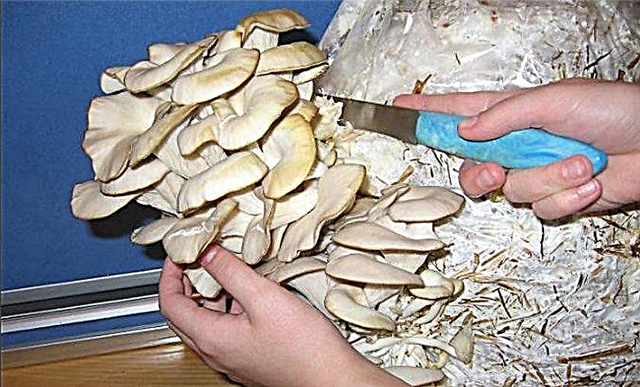
Fresh mushrooms must be packed in perforated plastic bags. Freshly collected oyster mushrooms can be stored at low temperature (+5 ... + 10 ° C) for 1-2 weeks. without loss of quality.After harvesting, the room needs to be disinfected - first with water, and then with a sulfur checker.
Not many people practice mushroom cultivation, mainly because of fears of an unusual activity. Often difficulties seem too great, and the wait is too long. However, when an ordinary log or bag turns into a storehouse of delicious treats, all doubts are immediately dispelled.

